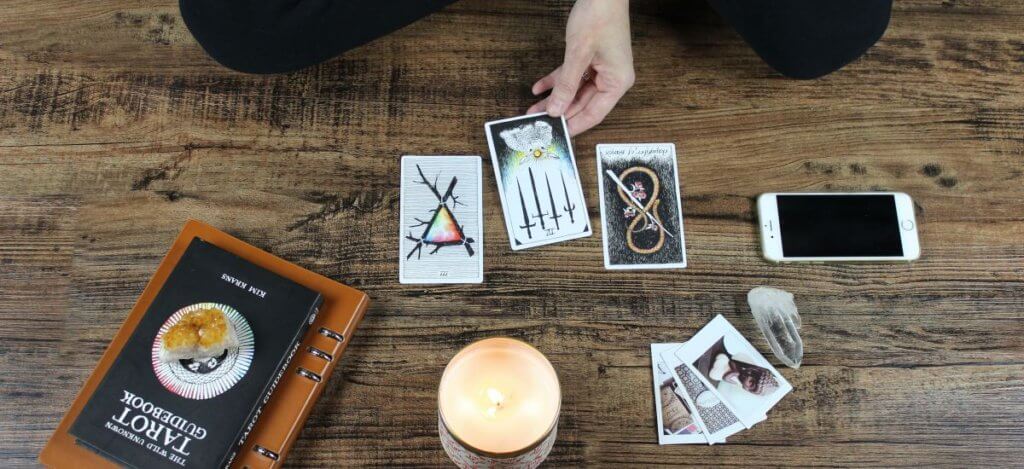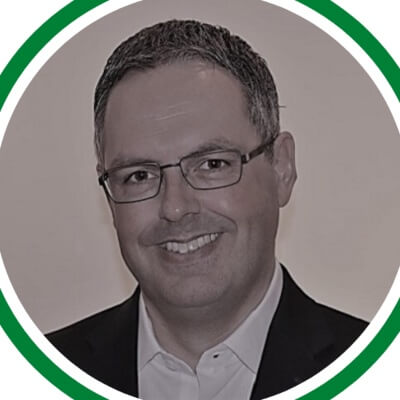3 . Getting Real About Risk
How to Get your Team to Open up About What Could Go Wrong

By Steven Gruyters
Getting your team to have an open and constructive conversation about future risks and challenges is hard, even for the best of teams.
Consider the case of Adam (not his real name), a VP for a large global healthcare company. He built a new team with a mission to streamline innovation between multiple R&D groups. With some early wins, the scope of their responsibilities had been steadily increasing and new members were joining the team.
The teams’ one year celebration was a perfect opportunity to take stock of lingering challenges and to look ahead to the potential risks and obstacles of their expanded role.
Past meetings had shown that some team members were more vocal than others. Discussions seemed to either stay too superficial, or go down a rabbit hole and get stuck in minor details.
This is a common stumbling block for many teams.
Three factors hampering open conversations about the future
First and foremost, there are many reasons people may not feel comfortable speaking up in a group:
- They perceive to have lower status in the group and therefore feel nobody wants to hear their opinion.
- They need to think first, and struggle to verbalize their thoughts in the moment. This is especially detrimental for brain storming type of activities.
- They are not comfortable speaking truth to power. While this may be common, and expected in some (western) cultures, directly confronting peers or superiors is highly frowned upon in other cultures.
- They do not want to be seen as speaking poorly about other people, especially others in the room.
The above tends to disproportionally affects Introverts, Women, People of Color, people that did not grow up in a western culture, and other underrepresented groups.

A second factor is that it is hard to find the right mindset, and strike the right balance when imagining the future:
- People may take an optimistic, glass half full, approach and inadvertently minimize risks.
- People may take a pessimistic, glass half empty, approach and stop sharing as they do not want to be perceived as overly negative.
- People may get defensive if they feel challenged or attacked.
Lastly, the setting of the meeting is a big factor: Adam’s team is spread out over North America, Europe and East Asia. Normally they would travel to meet face to face, but due to the pandemic this would have to be a virtual gathering. Keeping people engaged, and ensuring all voices get equal airtime is much harder in a virtual setting.
Time travel to the future
A time travelling exercise called a Pre-Mortem is a simple, yet powerful solution. Typically, when projects fail, we do a Post-Mortem to determine what went wrong, and what we can learn from this. In a Pre-Mortem we travel to the future to imagine what went wrong, before it actually happens.
The stage is set by asking the team to imagine they travelled one year into the future;
“You have failed to meet your goal, what went wrong? “
All team members write their answers on (virtual) sticky notes and post them on a shared space. Next, the facilitator groups similar responses and ask clarifying questions as needed –without solutioning. From here the team can vote on the most important items, and start working out next steps and action plans to mitigate these items.

Adam’s team started the exercise with a silent post-up of sticky notes on a virtual whiteboard. This engages the whole team, including the people that are normally less likely to speak up or need time to think before they can verbalize their opinion.
Once the exercise shifted to the solutioning mode, the team was fully focused on preventing the disastrous future they imagined from happening.
By “time travelling” to the future this exercise became a discussion on an imaginary situation. This greatly increased the psychological safety by relieving the inherent tension in the group. Given that we were talking about a hypothetical issue, people felt much less defensive and were much more inclined to speak up since they are not seen as being negative.
Adam and team were surprised with the depth and breadth of discussion and the risks surfaced in the two-hour exercise. They left the virtual room fully aligned as a team on priorities and next steps.
Interested in running your own Pre-Mortem session? Reach out for a free copy of the Mural Pre-Mortem template and detailed instructions.
Excerpt from Dave Gray’s book Gamestorming
“Often in projects, the learning is all at the wrong end. Usually after things have already gone horribly wrong or off-track, members of the team gather in a ‘postmortem’ to sagely reflect on what bad assumptions and courses of action added up to disaster.”
“A pre-mortem is a way to open a space in a project at its inception to directly address its risks. Unlike a more formal risk analysis, the pre-mortem asks team members to directly tap into their experience and intuition, at a time when it is needed most, and is potentially the most useful.”
“This is an opportunity for the team to reflect on their collective experience and directly name risks or elephants lurking in the room. It’s a chance to voice concerns that might otherwise go unaddressed until it’s too late.”
“To close the exercise, the list of concerns and risks may be ranked or voted on to determine priority. The group then decides what actions need to be taken to address these risks; they may bring these up as a part of ongoing meetings as the project progresses.”
I am Steven Gruyters and these are my agile-thoughts
2021 © Washington, District of Columbia, USA by Steven Gruyters

Steven believes a focus on optimizing “how” people work together is the biggest leverage point to improve outcomes.
He loves partnering with visionary leaders and teams to build People Powered organizations –focused on agility and customer centricity– for the tomorrow’s Hybrid world of work.
